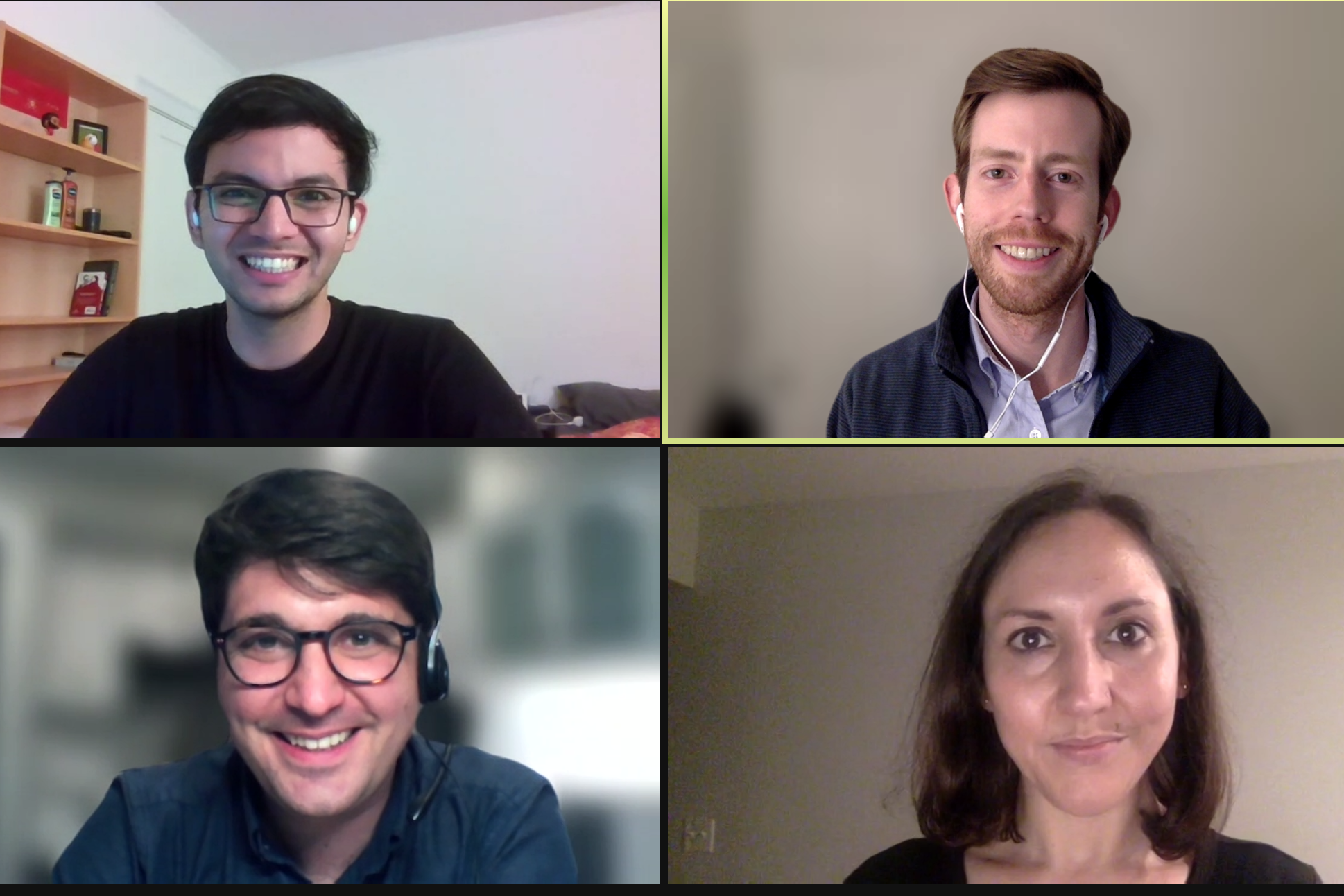
Multiple Perspectives Help SOM Team Win Kellogg Design Challenge
On November 13, 2021, three of my classmates – Raveesh Kalra ’23, Elaine Kelch ’23, and Travis Winstanley ’23 – and I won the Kellogg Corporate Design Challenge, the world’s largest MBA business design case competition. Each year, more than 200 students from top business schools, including Kellogg, Wharton, Tuck, Anderson and Tepper, participate in the six-week challenge hosted by the Kellogg School of Management at Northwestern University. Teams use human-centered design principles to solve complex business challenges.
Sponsored by a major CPG company, the 2021 design challenge aimed to reduce waste in lotion bottle packaging. My team impressed a judging panel of corporate brand managers, Kellogg’s innovation faculty, and well-known product designers to win the top prize and $10,000 for our “on-brand” solution that has reduced product waste by more than 50% while maintaining a recognizable character. aspects of the brand that consumers had come to love.
You can tell the jury appreciated our team’s sensitivity to the company’s existing capabilities and brand value proposition. We weren’t advocating drastic changes in consumer behavior, and our courses in core classes like Customer and Competitor helped us create a framework for analyzing the customer journey and identifying pain points we wanted to address.
As part of our design process, we interviewed over 200 people, hosted a walk-in user research session in the courtyard of Evans Hall, and conducted 10 in-depth interviews with potential customers across the country. We participated in design-thinking workshops offered by leaders in innovation strategy and design IDEO and connected with professors from across Yale in materials science and marketing to refine our concept. In fact, everyone we contacted at Yale was incredibly helpful, from members of our own SOM design and innovation club to Engineering Innovation and Design Centerwho provided us with workspace and stocked materials to kick-start our research and design processes.
While some competing teams were made up of technical experts and former consultants, our team’s unusual and multi-hyphenate background meant that we approached the competition brief from many different angles: Raveesh is a former CPG chemical engineer who led our competitive analysis; Elaine is a former advertising executive who conducted our client interviews and perfected our storytelling; Travis is a former corporate strategist who led our design research; and I’m a former technology project manager who organized design sprints and brought our efforts together into a cohesive deliverable.
The competition made me appreciate even more how much everyone at SOM is something else. The school embraces this diversity of perspectives in our courses, student body, and composition of our teams.

Comments are closed.